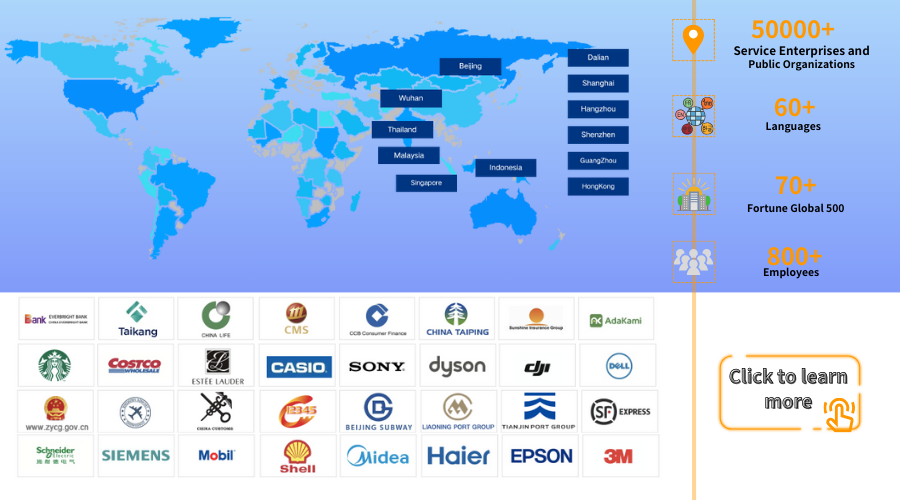Using Customer Data to Improve the Customer Experience
Article Summary:Forward-thinking companies have realized that in order to truly understand customer needs and preferences, they need to gain valuable insights from the vast amounts of data being generated through interactions with customers.
Customer experience has become a key battleground for businesses in today's competitive landscape. With rising customer expectations and the abundance of choices available, retaining existing customers and attracting new ones requires delivering exceptional experiences at every touchpoint. Forward-thinking companies have realized that in order to truly understand customer needs and preferences, they need to gain valuable insights from the vast amounts of data being generated through interactions with customers.
Customer data comes from a variety of sources, including purchases and browsing history, support tickets, surveys, social media interactions, and even geolocation data. By capturing and analyzing these different data points, companies can develop a holistic view into each individual customer. Analytics tools help identify patterns in the data to understand what drives customer satisfaction and dissatisfaction. Businesses can then gain insights into factors like the most commonly purchased products or services together, the pain points in the purchase or support process, and preferences around communication channels.
Armed with these kinds of actionable insights, companies can take targeted steps to enhance the customer experience. For example, retailers may use purchase history to provide personalized product recommendations on their websites or apps. Telecom providers can analyze support tickets to address the most frequent service issues proactively. Airlines can leverage geolocation and ticketing data to offer tailored destination packages to frequent flyers. Customer service teams gain a single view of each customer to handle queries more efficiently based on past interactions.
With continuous analysis of expanding data sources, customer insights also evolve over time. As customer needs change, expectations rise, and new technologies emerge, businesses must adapt their strategies accordingly. A customer data analytics approach powered by artificial intelligence helps automate this process to a large extent. It allows companies to continuously optimize and personalize engagement based on up-to-date understanding and anticipation of individual customer preferences.
Udesk's Insight tool is one example of how companies can gain actionable customer insights. It provides a unified view of all customer touchpoints like calls, chats, emails and social media interactions. With AI-powered analysis of conversation transcripts and metadata, Insight helps identify trends, pain points as well as opportunities to enhance the customer experience. Businesses can then take informed actions to improve processes, service quality and ultimately boost customer satisfaction and loyalty.
In today's experience economy, gaining deep customer understanding through data analytics is no longer a nice-to-have but a business imperative. It provides the foundation for companies to deliver truly personalized, frictionless experiences that keep customers engaged and coming back for more.
Take our Insight Tool for a spin—for free—to see how it can work for your business.
The article is original by Udesk, and when reprinted, the source must be indicated:https://www.udeskglobal.com/blog/using-customer-data-to-improve-the-customer-experience.html
customer insightsinsight toolsinsights and analytics

 Customer Service& Support Blog
Customer Service& Support Blog



